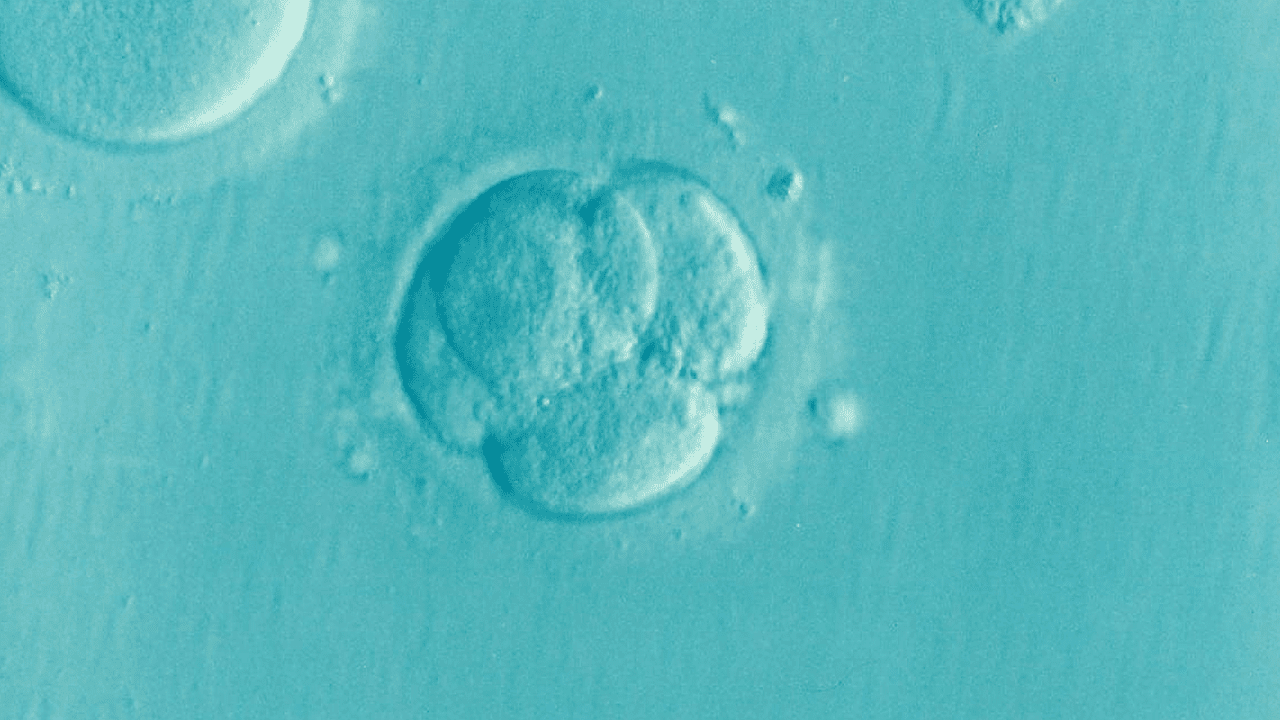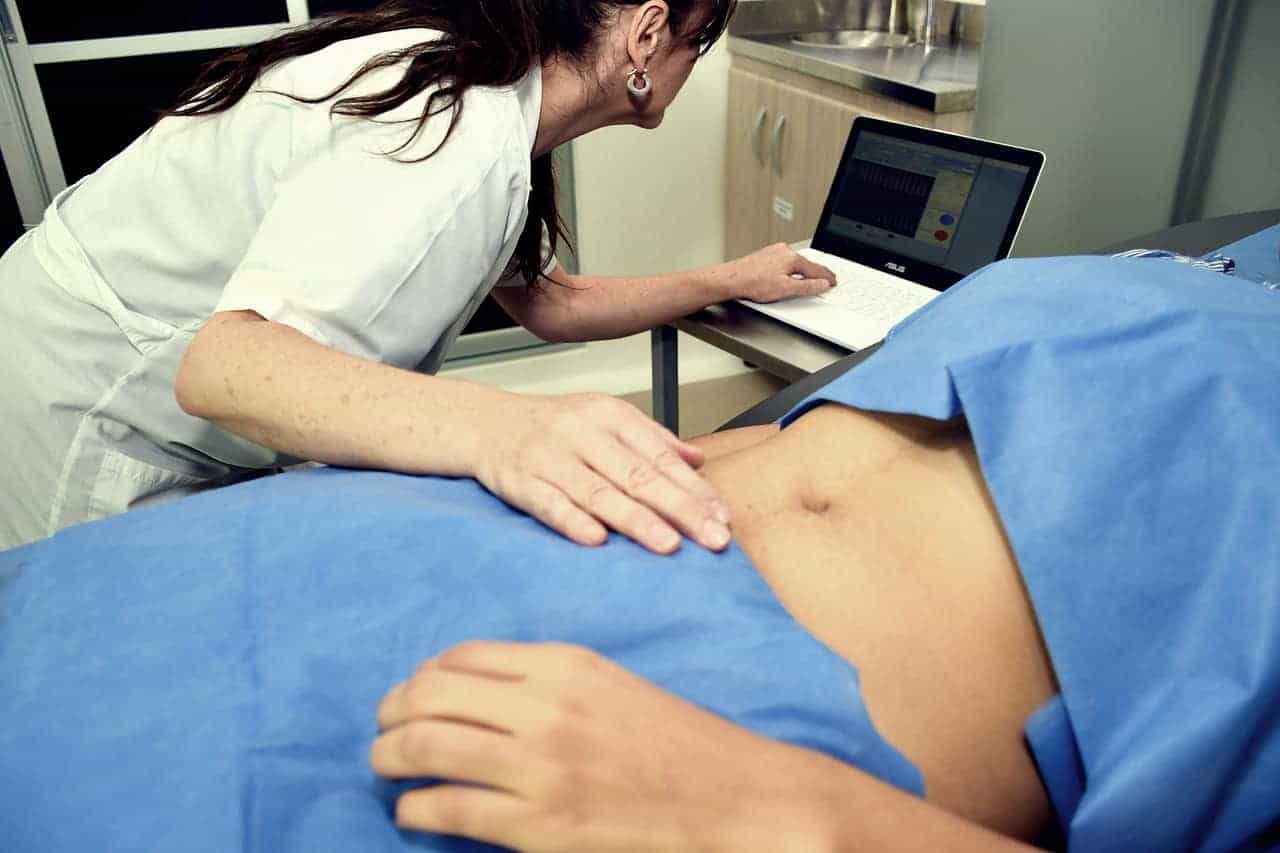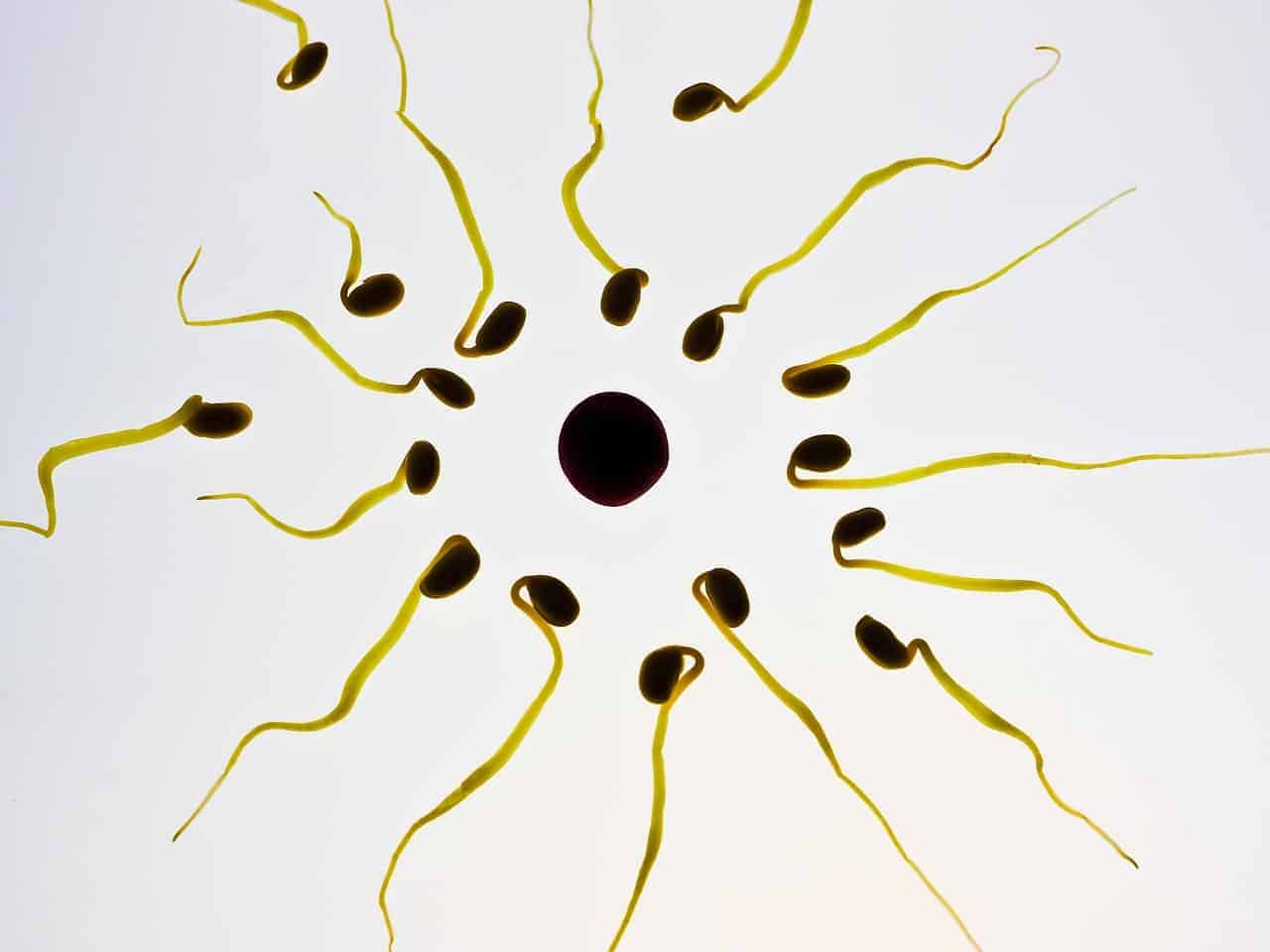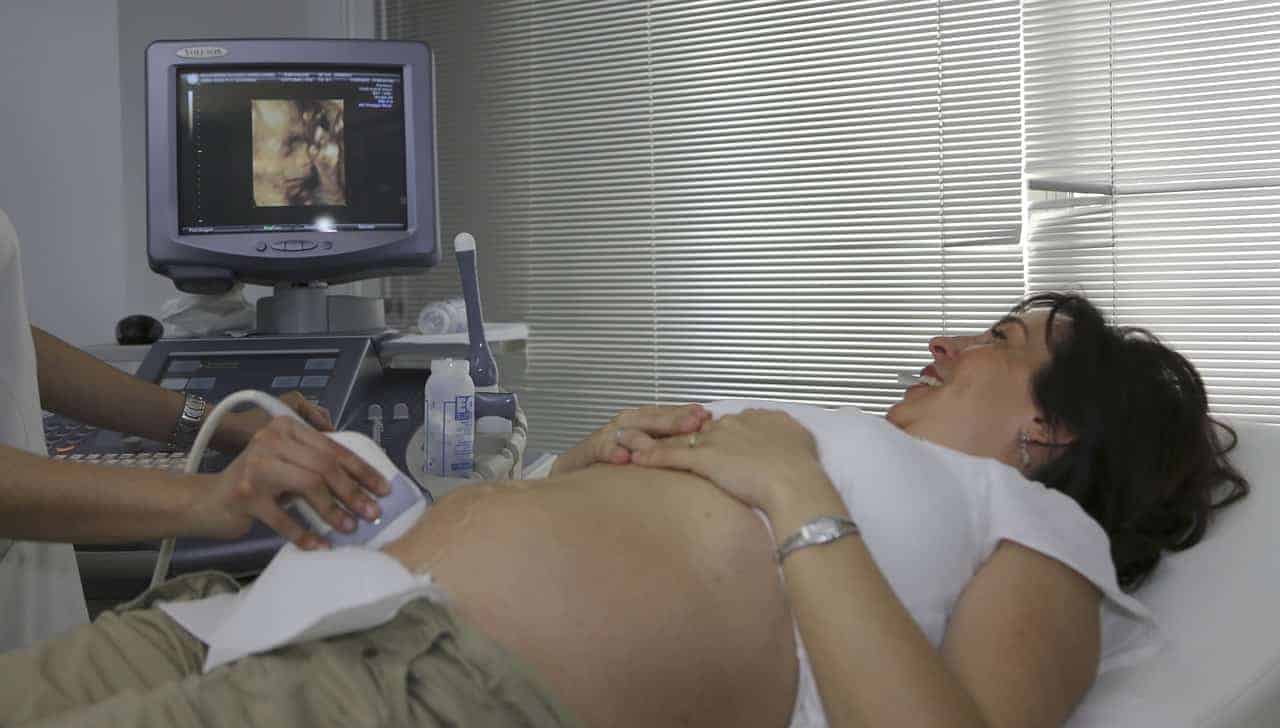Infertility is not uncommon, and about 15 percent of couples worldwide are unable to get pregnant after a year of having unprotected sex. Technology has paved the way to provide them with alternate options such as In Vitro Fertilization (IVF). In relation to this, the PUPO mindset has emerged to aid these couples emotionally throughout the process.
Pregnant Until Proven Otherwise (PUPO) is a positive mindset developed to help couples cope with the anxiety during the waiting period after the embryo transfer procedure in an IVF cycle. The wait may bring great stress and uncertainty to couples, so PUPO was made to help ease their minds.
This article will discuss IVF as an option for artificial fertilization and how to prepare for the procedure. It will also provide ways to cope with the waiting period and information regarding possible changes that may occur to the woman’s body during this time. Lastly, it will cover the things that should and should not be done as the couple waits for the results.
PUPO After IVF

What is IVF?
In Vitro Fertilization (IVF) is a widely known type of assisted reproductive technology (ART). For natural pregnancy to occur, the sperm should travel to the fallopian tube to fertilize the egg. However, in IVF, fertilization occurs outside the body under careful monitoring.
The egg and sperm may come from the couple themselves, or they can be obtained from donors. After the in vitro fertilization, the developed embryo will be transferred back to the woman’s womb. Hopefully, the embryo will implant, and pregnancy will proceed.
What is PUPO?
Pregnant Until Proven Otherwise, PUPO, is a positive statement commonly found on social media and other online fertility-support platforms. It refers to the optimistic mindset that women or couples are encouraged to occupy themselves with during the waiting period – after embryo transfer until pregnancy is confirmed.
Couples undergoing IVF may feel extreme anxiety during this waiting period. The stress from overthinking may result in sleeplessness and tiredness, which may negatively affect the whole cycle. PUPO mindset can help alleviate their anxiety, and it can be developed in various ways, which will be discussed further in this article.
Knowing the IVF Procedure

Getting familiar with the IVF procedure itself is an excellent way to develop a positive mindset. Knowing the processes involved will remove the unnecessary anxiety that may come from being misinformed.
To start, IVF is not an overnight procedure. Aside from the actual procedure, a lot of preparations and discussions are also involved. In general, the cycle can be broken down into five stages.
Stage One: Stimulation or Superovulation
Stimulation or superovulation refers to the process of boosting the egg production of the woman. Typically, the ovaries release only one egg during the menstrual cycle, but with the aid of fertility drugs, the ovaries can produce a few more eggs. This increases the number of eggs that can be retrieved and used, and thus improves the chance for fertilization.

Stage Two: Egg Retrieval (Oocyte Retrieval)
Egg retrieval is done through a minor surgery known as follicular aspiration. With the guide of ultrasound visualization, the doctor inserts a needle through the vagina to the ovaries, then to the follicles where the eggs are found. The needle has a suction end that extracts the eggs from the follicle.
This stage may sound painful, but there is no need to worry since anesthesia will be administered to the patient beforehand. The patient will not feel any discomfort during the process, although minor cramps may be felt afterwards.
Stage Three: Insemination and Fertilization
Insemination is the process of mixing the eggs with the sperm. Most often, fertilization occurs naturally by combining the sperm and the eggs in a petri dish. However, if the chances of natural fertilization are low, intracytoplasmic sperm injection (ICSI) may be used wherein the sperm is directly injected into the egg.
In this stage of the process, the egg and sperm are placed in an incubator that replicates the environment inside a woman’s body. It takes around 18 hours to verify if the fertilization has occurred.
Stage Four: Embryo Culture
The embryo is formed upon the division of the fertilized eggs. On a course of 2 to 4 days, laboratory staff will check the embryo daily to ensure that it is optimally developing. Having several cells that are actively dividing at around day 5 is a good indication that the embryos are healthy.
Stage Five: Embryo Transfer

After three to five days of fertilization, the embryos are ready to be placed back inside the woman’s body. One or more embryos may be transferred back, depending on the number to which the doctor and the patients agreed upon. The embryos left, if there are any, may be frozen for later use or donated to others.
For this procedure, the doctor will insert a catheter containing the embryo into the woman’s vagina, through the cervix into the uterus. Hopefully, the embryo implants to the uterine wall and result in pregnancy.
Preparing for IVF
Knowing that you’ve prepared enough will significantly ease your mind and help you adapt to the PUPO mindset better. Aside from the medications provided by the doctor, a woman can also do the following to aid her preparation for the IVF procedure:
- Eat a healthy and well-balanced diet. A diet that is low in fat and high in protein, iron, and calcium is great. Leafy greens, avocados, eggs, nuts, and beans are also ideal, but foods high in sugar and fat should be avoided. It will help the patient maintain a healthy weight and keep her body in good shape.
- Start taking prenatal vitamins. Prenatal vitamins contain a greater amount of folic acid than regular multivitamins. Folic acid is necessary for normal cell division, especially during the early stages of pregnancy.
- Reduce caffeine consumption. Caffeine has been linked to a higher risk of miscarriage and stillbirth. One cup of coffee per day is not harmful. However, five or more cups of coffee daily may reduce the chances of pregnancy.
- Stop smoking, drinking alcohol, and taking recreational drugs. These activities disturb the hormonal balance in the female reproductive system, which leads to menstrual irregularities. This change gravely affects the woman’s fertility and thus decreases her chances of becoming pregnant.
- Avoid travel to other countries or regions. This reduces the risk of contracting infectious diseases that may delay the procedure.
The Two-Week Wait (2WW)

After the embryo is transferred back to the woman’s uterus, the waiting period begins. The two-week wait (2WW) refers to the time frame between the end of the IVF procedure and when the beta hCG test, or urine pregnancy test, can be taken with the highest accuracy.
This is the time when the PUPO mindset is especially needed. The anxiety of the couple trying to get pregnant is high; thus, emotional support from people around them is essentially needed.
Pregnancy can only be detected after at least nine days. Before this day, the woman may feel some side effects accompanying the changes in the embryo described as follows:
Day 1: The blastocyst starts to break out of its shell. Continuous cell division occurs during this period.
Day 2: The blastocyst starts attaching itself to the uterine lining as its hatching process continues. This is the most vital stage of the process.
Day 3: The blastocyst further attaches itself to the uterine lining, and the implantation process begins. During this stage, the woman may experience spotting or light bleeding. It is normal and should not be a cause of concern.
Day 4: Implantation continues. Light bleeding may continue at this stage; however, lack of bleeding does not imply that implantation is not successful.
Day 5: Implantation is complete. The embryo begins developing into a fetus, together with the cells that will eventually form the placenta.
Day 6: Human chorionic gonadotropin (hCG), a unique hormone that is produced during pregnancy, begins to enter the bloodstream.
Days 7 and Day 8: Fetal development, as well as hCG secretion, continues.
Day 9: Pregnancy can now be detected through a beta hCG test (not urine test) due to the sufficient hCG levels in the blood.
Things to Do During the 2WW
- Rest. This does not mean to lie in bed all day long. Rather, this suggests that any rigorous physical activities should be minimized. Contrary to the myth, the embryo will not fall out if the feet are not up. Thus, it is healthy and perfectly safe to stand and walk from time to time.

The embryo needs some time to implant, so it is best to rest and relax during the wait. The woman can read books, watch movies, and do some light household chores to direct her attention to other thoughts besides the developing embryo inside her. These activities should help her reduce her anxiety and stress levels.
- Keep taking medications. Some women may be prescribed to take fertility medications prior to embryo transfer. Most often, they are advised to continue their medications even after the egg transfer to increase the chances of pregnancy.
Progesterone is one example of such medicines. It is an important hormone that’s critical to sustaining the pregnancy. It is commonly used in IVF due to its ability to help the embryo implant (and remain implanted) in the womb.
- Eat a healthy diet. During pregnancy, the woman’s body will need a balanced, nutrient-dense diet. Fruits and vegetables are ideal, together with foods rich in calcium, protein, B vitamins, and iron.
- Take a daily folic acid supplement. As explained earlier, folic acid is essential for normal cell division, especially during the early stages of pregnancy.
Aside from this benefit, folic acid also helps prevent neural tube defects in babies. Moreover, a study by Feng et al. published in 2015 showed that maternal supplements containing folic acid could also potentially lower the risk of congenital heart defects in babies.
- Look out for endocrine-disrupting chemicals. Endocrine-disrupting chemicals (EDCs) are chemicals that interfere with the body’s normal hormone balance. According to the Endocrine Society, some EDCs may penetrate the placenta and accumulate in the baby’s bloodstream. These chemicals may disrupt organ development, which may later result in developmental issues in the baby.
Common examples of EDCs are bisphenol A (BPA), phthalates, parabens, and triclosan. These are usually found in water bottles, plastic products, and sunscreen, so it is important to look for products with BPA-free and EDC-free labels.
Things to Avoid During the 2WW
- Avoid having sex. Research suggests that sexual intercourse can increase uterine contractions, which may disrupt the embryo that was just placed in the womb. Even worse, sex could interrupt the embryo implantation and thus negatively impact pregnancy outcomes.

- Don’t take a pregnancy test too early. It takes at least two weeks before pregnancy can be accurately detected, so it’s useless to take a test during the 2WW. Placenta cells only start producing hCG after a couple of weeks from the embryo transfer procedure.
False-negative pregnancy results may only cause needless worry and added stress to the couple, so too early pregnancy tests must be avoided during the 2WW.
- Don’t ignore unusual symptoms. The woman’s body may respond excessively to the injected hormones during the IVF process, which may lead to a condition called ovarian hyperstimulation syndrome (OHSS).
OHSS can cause symptoms such as abdominal pain, abdominal bloating, nausea, vomiting, and diarrhea. These symptoms can be mild at first, but they may escalate quickly. If you feel severe pain in your belly, do not wait, and consult your doctor immediately.
Success Rate
The chances of a successful pregnancy aided by IVF depends on several factors:
- Maternal age. The chances of success in IVF are higher among younger women. They have a higher potential to get pregnant and deliver a baby using their own eggs during the process. For women aged 41 and above, however, the chances of success are slightly lower. They are often advised by the doctor to consider finding an egg donor in order to increase their pregnancy rate.
- Embryo status. Upon transfer, more highly developed embryos have a higher potential to result in pregnancy compared with day two or three embryos that are less developed. Unfortunately, not all embryos can withstand the development process in the lab, so this must be carefully discussed with the fertility specialist.
- Reproductive history. The success rate of IVF is higher for women who already got pregnant with IVF before compared with women who have never given birth.
- Cause of infertility. Having a normal egg supply increases the success rate of getting pregnant with IVF. However, for women who have severe endometriosis, the chances of getting pregnant using IVF are lower.
- Lifestyle factors. Women who smoked previously tend to have lower success rates. They are more prone to miscarriages and typically produce fewer eggs. Obesity can also negatively affect the chances of a successful pregnancy. Similarly, the use of recreational drugs, alcohol, and excessive caffeine can compromise a healthy pregnancy.
Final Thoughts on PUPO After IVF
In Vitro Fertilization (IVF) is one of the known methods used by couples to assist their efforts to get pregnant. The whole process, especially the waiting period after the embryo transfer, may bring great anxiety and uncertainty to the couple. Thus, emotional support from the people around them is very important. The pregnant until proven otherwise (PUPO) mindset is an excellent idea to help them cope with the stress. It helps the couple ease their minds and divert their perspectives to a more positive view. Therefore, it is essential to build this optimistic mindset throughout the entire process – before, during, and after the IVF procedure.